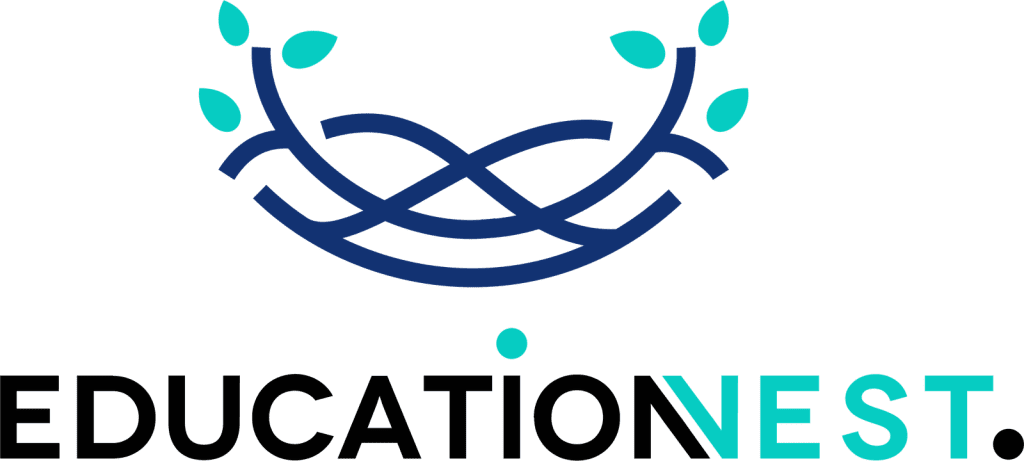What could be more vital to a company’s legacy than nurturing its future leaders? Yet, the reality is far more challenging. Despite carefully maintaining lists of executives ready to step into high-stakes roles, many new leaders find themselves unprepared when the time comes. This is often also associated with disastrous results. Take Coca-Cola’s M. Douglas Ivester as an example who was a seasoned CFO and right-hand man to Robert Goizueta. He stepped in as CEO after Goizueta’s passing but was asked to resign just two and a half years later. The reasons? A steep decline in the company’s stock, some unfortunate public-relations missteps, and a mishandled product contamination crisis in Europe. Or look at Mattel’s Jill Barad, whose marketing success elevated her to the top role. Yet her expertise did not fully translate to the financial and strategic demands of leading a major corporation. In this blog, we explore the scenes that go behind building a leadership pipeline in a company.
Design Your Ideal Leadership Profiles
This is the first strategy for building a leadership pipeline. What attributes should your future C-suite leaders embody? Begin by reflecting on how success and failure are defined within your organization. This is the foundation you will use to guide your ideal leader in developing the key qualities they should possess.
The easiest way to pinpoint these characteristics is to analyze the competencies of your current C-suite and other senior leaders. Identify the competencies that enable them to meet strategic goals. Ask whether there are any mindset gaps or traits that could be valuable for future success.
Beyond your company, you should also look into industry benchmarks for leadership models. You can identify traits that drive exceptional business outcomes. For instance, Korn Ferry’s well-researched Enterprise Leadership Framework highlights four capabilities and five essential mindsets of corporate leaders that are needed to both sustain and transform businesses.
Potential vs Readiness
When evaluating future C-suite candidates, it is essential to differentiate between potential and readiness. Potential refers to individuals who possess the core capabilities or traits needed for leadership but may still need time and development to polish them. Readiness, on the other hand, implies that someone has the skills and experience to step into an executive role immediately if required.
If you are looking for leadership training for corporate teams, EducationNest can help you customize assessment tools and design effective training programs! Being a top corporate training provider in India, they have programs led by experts in the industry who have rich experience in this field.
Identify Top Potential
If you are aiming to build a robust leadership pipeline, it is crucial to develop methods for accurately and efficiently identifying the people having the profile you have defined. However, there can be a gap between knowing and doing when it comes to selecting high-potential talent for senior roles. Many organizations understand the importance of objective criteria but still fall back on familiar habits. This could be things like using past performance or manager recommendations. This reliance may limit the number of strong candidates in the pipeline for critical executive positions.
How can this be done effectively? We know that relying solely on past performance or gut instincts can lead to talented individuals being missed. This can be done using objective assessment criteria. The key is to recognize high achievers who may lack traditional senior-level connections. This helps to ensure they are not overlooked in the talent pipeline.
Leadership qualities don’t necessarily come with titles or years of experience. Instead, they’re often visible in how individuals tackle challenges, their enthusiasm for learning, and the way they engage with their colleagues. Even though using a single method is never the right way, here are some popular steps to identify leaders in your company:
- Behavioral Assessments: Personality and behavioral assessments can help gauge qualities like resilience, adaptability, and emotional intelligence. These are some of the top qualities required in a successful leader.
- 360-Degree Feedback: Gather input from peers, managers, and direct reports to understand an employee’s strengths and their influence within teams.
- Leadership Simulation Exercises: Scenario-based simulations that mimic real leadership challenges are a great way to test decision-making and stress management among other skills.
- Performance Reviews with Leadership Focus: During evaluations, look beyond technical skills and assess traits like problem-solving, strategic thinking, and how well they handle feedback.
Here are some popular tools used to identify leaders in corporate:
- DiSC Profile
- Gallup StrengthsFinder
- Myers-Briggs Type Indicator (MBTI)
- Hogan Assessments
- Korn Ferry Leadership Potential Assessment
- SHL Leadership Assessments
- Watson-Glaser Critical Thinking Appraisal

Read More
Essential Upskilling Strategies to Advance Your Career in 2025
Understanding Burnout: Signs, Causes and Strategies for Prevention
Offer Training Opportunities
Converting high-potential employees into future leaders goes beyond just identifying talent. It also requires intentional development opportunities. It could be anything from offering exposure to complex internal projects to the right corporate leadership training programs. Here are some ways to offer that opportunity to high-capability individuals to build on their skills further:
- Focused development programs: Once high-potential leaders are identified, provide targeted training, mentorship, and cross-functional projects. Exposure to different departments helps them understand organizational processes and make well-rounded decisions.
- Constructive feedback: Offer regular, supportive feedback to highlight their strengths and guide them in areas for growth.
- Succession planning and gradual responsibilities: Prepare them for future leadership roles by identifying positions they could fill and gradually assigning leadership tasks, like managing projects or leading meetings.
- Fostering a leadership culture: Create a culture that values and supports leadership development. Encourage potential leaders to actively contribute to the company’s long-term goals.
- Leadership development training program: These are by far the best way to train corporate leaders in various leadership styles to navigate different situations effectively. These often include practical leadership exercises that use role-playing and case studies to help them experience leadership challenges in a safe setting. This prepares them for complex decision-making later on.
Conclusion
Your future CMO, CFO, or CTO could already be part of your organization. It might be the mid-level manager who inspires her team to meet demanding deadlines. It could be the IT expert who can navigate almost any technical ecosystem. But transforming these high-potential employees into tomorrow’s C-suite leaders requires something that many companies struggle to prioritize. Leadership development rarely takes center stage on a daily basis. It is often sidelined until a succession crisis arises. To build a strong leadership pipeline, companies need to actively identify, nurture, and prepare talent.
If you are looking for such comprehensive corporate training programs on leadership development, EducationNest is the best choice! Being one of the best corporate training providers in India for outbound training, they offer the best programs designed by experts that combine both hands-on and online components.
